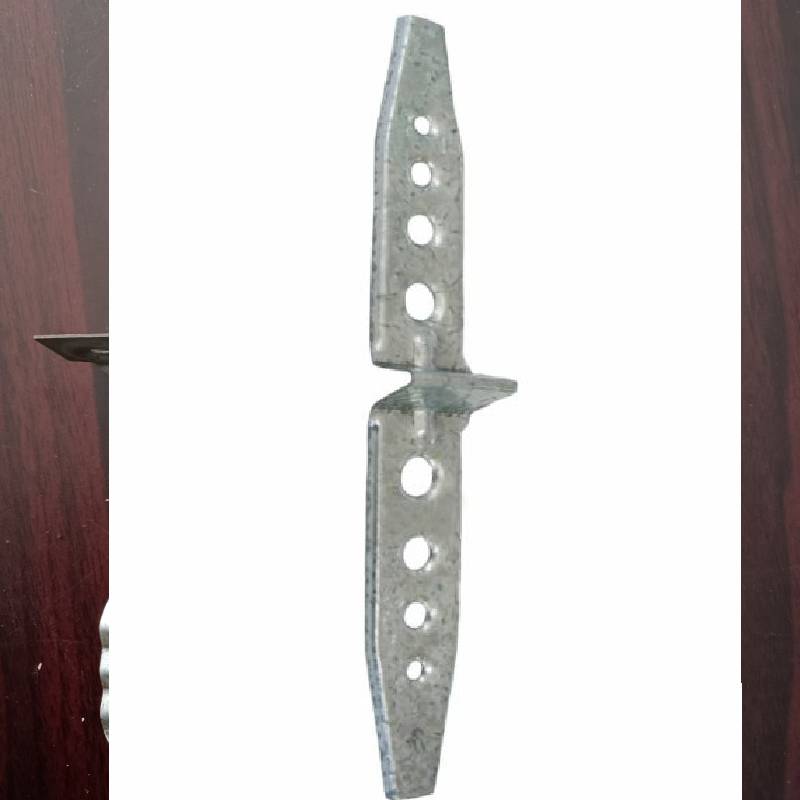
- Mobile Phone
- +8613931874955
- sales@cntcmetal.com
ties for brickwork
Understanding Ties for Brickwork An Essential Component in Construction
When constructing a building, the use of ties for brickwork is an essential consideration that ensures stability, strength, and longevity in structures. Ties are elements used to connect different parts of a building, particularly in masonry work, where they help maintain the integrity of the construction by anchoring the bricks or blocks together. This article delves into the importance of ties, the different types available, and considerations when selecting the right tie for brickwork projects.
Importance of Ties in Brickwork
Ties play a critical role in masonry because they provide necessary support, particularly in load-bearing walls. These components help distribute the load evenly across the structure, reducing the risk of cracking and structural failure. They also counteract the lateral forces that can affect walls due to wind or seismic activity. By tying the walls together, ties enhance the overall stability of the building, ensuring it can withstand external pressures.
In addition to structural integrity, ties also contribute to the aesthetic appeal of a building. A well-designed tie can seamlessly blend with the masonry, offering both practicality and visual cohesion. Properly installed ties can help prevent moisture accumulation between walls, which can cause damage over time.
Types of Ties
There are several different types of ties used in brickwork, each serving a specific purpose
.1. Brick Ties These are typically made from galvanized steel and are used to tie brick veneer to the underlying structural wall. They ensure that the veneer remains attached and helps prevent movement that could lead to cracking.
2. Wall Ties Wall ties connect two parallel walls, such as a cavity wall system. They help prevent the walls from moving independently, maintaining their structural alignment while allowing for natural building movement.
3. Anchor Ties These ties are used to anchor walls to concrete or masonry, providing additional support in areas subjected to high winds or other forces.
ties for brickwork

4. Dovetail Ties These are specifically designed for use in brick and stone applications, providing a mechanical connection that can accommodate slight movements without compromising the integrity of the wall.
Considerations for Selecting Ties
When selecting ties for brickwork, several factors should be considered to ensure the right fit for the project.
- Material The material of the tie affects its durability and resistance to corrosion. Galvanized steel is a common choice due to its strength and protective coating.
- Load Requirements Understanding the load that the ties must support is essential. Different building designs may require ties rated for various load capacities.
- Environmental Conditions The geographical location and environmental conditions (such as humidity and temperature fluctuations) can influence the type of tie to choose.
- Building Codes and Regulations It's important to comply with local building codes and industry standards when selecting and installing ties. This ensures safety and structural integrity as mandated by regulations.
Conclusion
In conclusion, ties for brickwork are a fundamental aspect of quality construction. They serve not only to enhance stability and strength but also contribute to the architectural appeal of a structure. Selecting the appropriate type of tie, understanding its functions, and adhering to regulations are vital in ensuring a safe and aesthetically pleasing building that stands the test of time. Whether you are a builder, architect, or homeowner, recognizing the importance of ties in brickwork is essential for successful construction projects.
share:
-
Your Source for Concrete Wall Ties and Masonry AccessoriesNewsJul.10,2025
-
Unlocking the Power of Iron Wire for Every ProjectNewsJul.10,2025
-
Explore Advanced Chain Wire and Stainless Steel Mesh FencingNewsJul.10,2025
-
Discover the Benefits of Annealed Wire ProductsNewsJul.10,2025
-
Discover China Stainless Steel Wire Mesh SolutionsNewsJul.10,2025
-
Build with Confidence Using High-Performance Masonry AccessoriesNewsJul.10,2025
-
Why Sacrificial Formwork Is Redefining Underground ConstructionNewsJun.06,2025



















